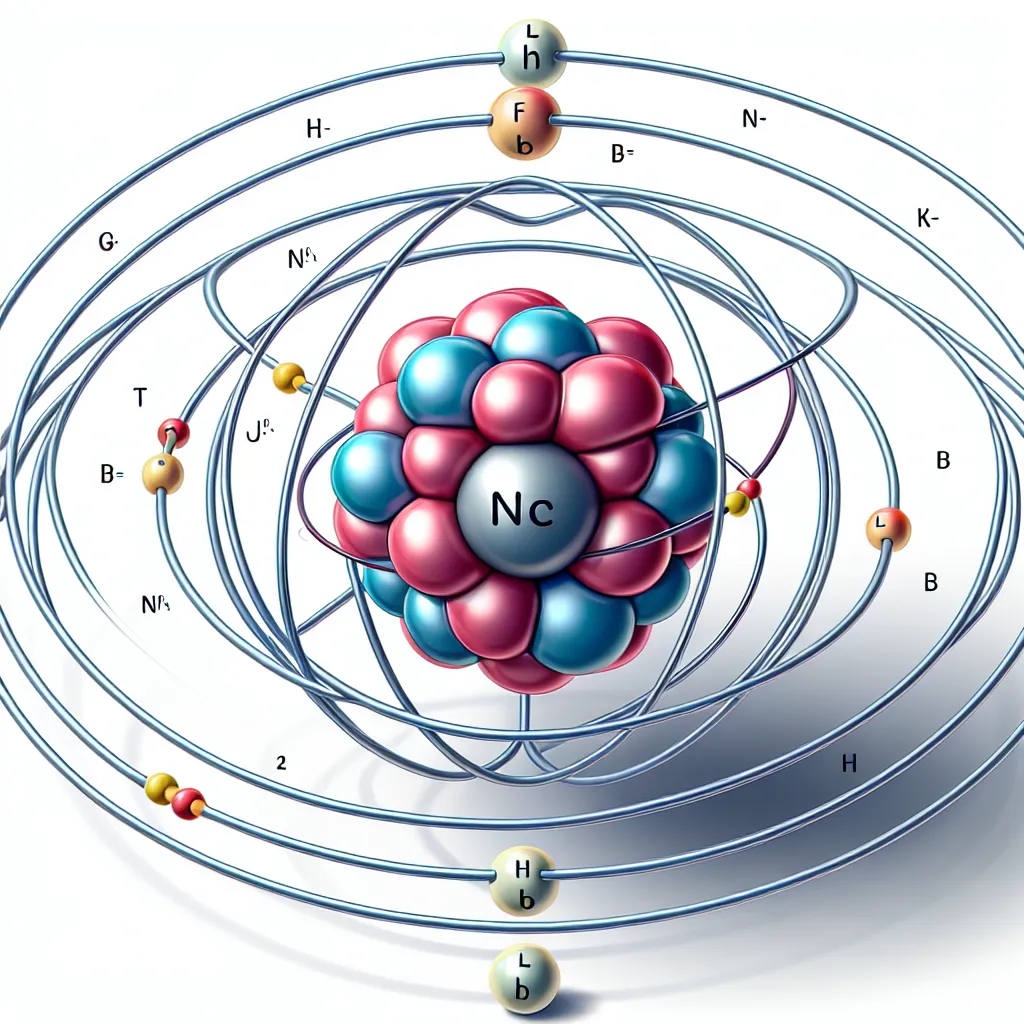Ask AI on The Internet
Question: bohr model of neturally charged helium atom
The Bohr model is a classical representation of the atom that depicts electrons orbiting the nucleus in well-defined circular paths called orbits or energy levels. For a neutrally charged helium atom, which has an atomic number of 2, here’s a step-by-step breakdown of its Bohr model: 1. **Nucleus**: - The nucleus of a helium atom contains 2 protons and usually 2 neutrons (though the number of neutrons can vary in different isotopes, helium-4 being the most common). - Protons are positively charged particles, while neutrons have no charge. 2. **Electrons**: - A neutrally charged helium atom has 2 electrons to balance the 2 positive charges of the protons. - According to the Bohr model, these electrons occupy energy levels or shells. 3. **First Energy Level**: - For helium, both electrons will occupy the first energy level (n=1), which is the closest to the nucleus. - The first energy level can hold a maximum of 2 electrons, so it is fully occupied in the case of a helium atom. ### Diagram Since I can't draw diagrams, I can describe it for you: - Imagine a small central circle representing the nucleus. - Inside this nucleus, there are 2 protons (+2) and 2 neutrons (0 charge). - Around the nucleus, draw a single circle (orbit) representing the first energy level (n=1). - On this orbit, place two small dots representing the two electrons. ### Summary In the Bohr model of a neutrally charged helium atom: - The nucleus contains 2 protons and 2 neutrons. - The 2 electrons are in the first energy level, orbiting the nucleus. This model gives a simplified, though not entirely accurate, visualization of an atom's structure. In reality, electron behavior is better described by quantum mechanics, but the Bohr model is useful for basic introductory purposes.
Think your answer is better than the AI's? Post it below.
Other Most Relevant Posts:
Question Tags
If you want your question answered by an AI, click here.







Post your own comment: